
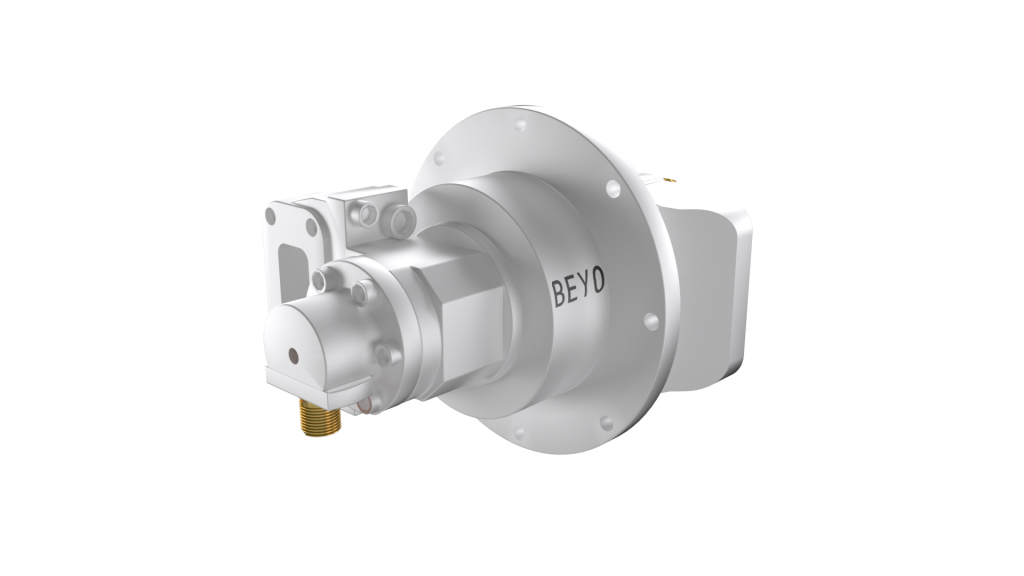
Application: Radar/Antenna
Channel: 2
Frequency Range: 14.0-14.5GHz
Working Speed: 60rpm
Connector: R120/SMA-F(50Ω)
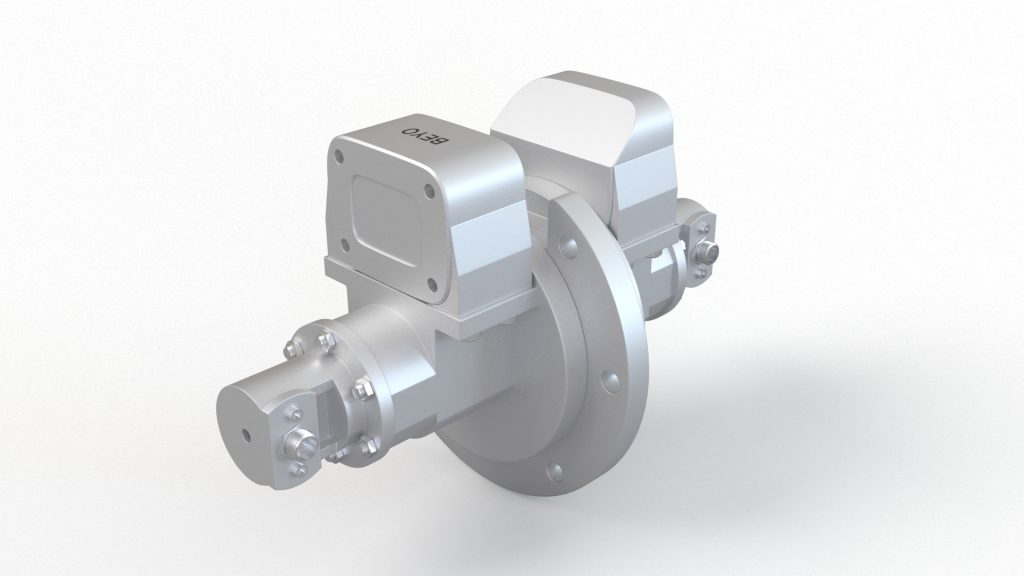
Application: Radar/Antenna
Channel: 2
Frequency Range: 14.0-14.5GHz
Working Speed: 60rpm
Connector: R120/SMA-F(50Ω)
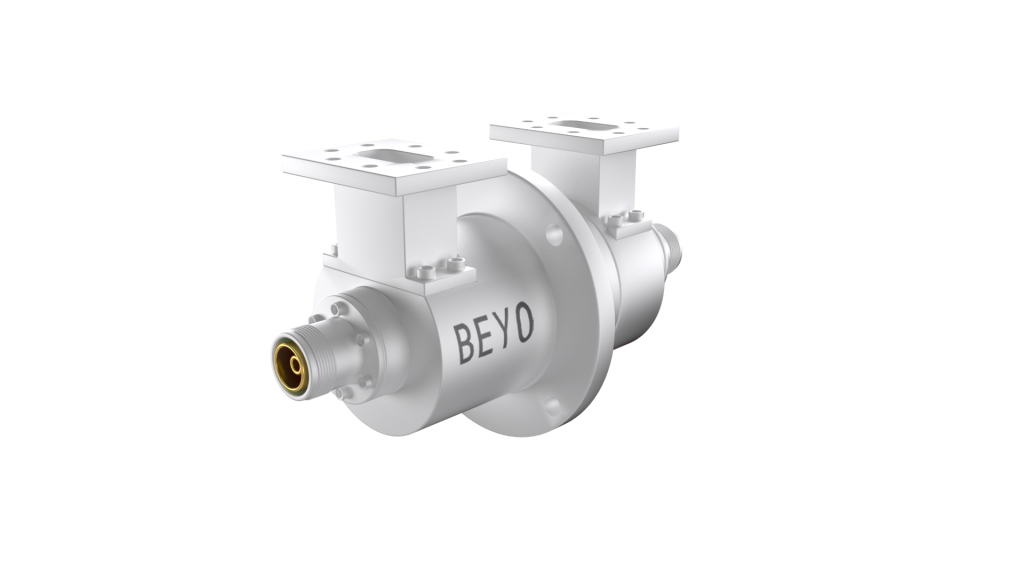
Application: Radar/Antenna
Channel: 2
Frequency Range: 5.9-7.2GHz
Working Speed: 60rpm
Connector: R70/7-16(50Ω)
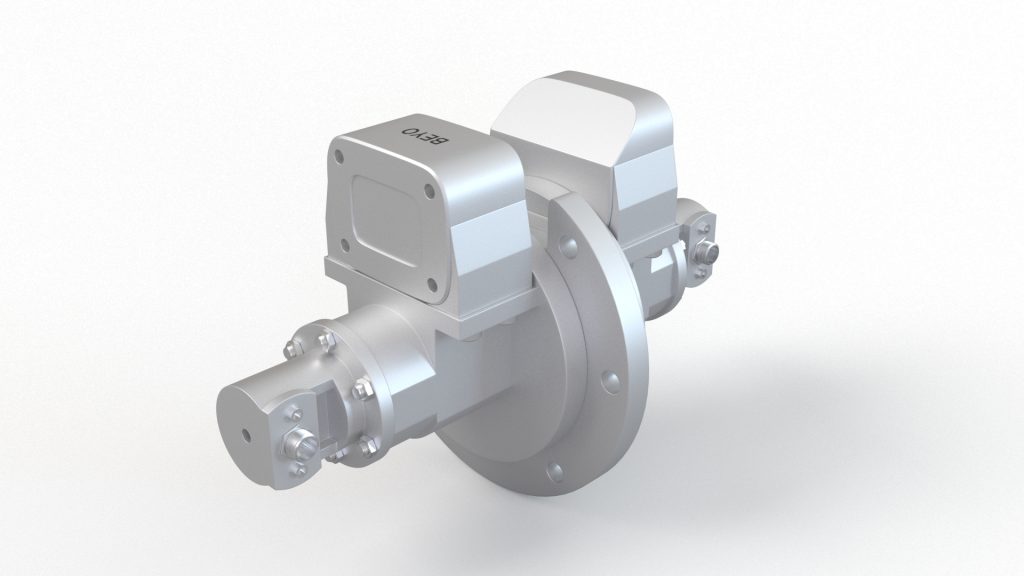
Application: Radar/Antenna
Channel: 2
Frequency Range: 14.0-14.5GHz
Working Speed: 60rpm
Connector: R120/SMA-F(50Ω)
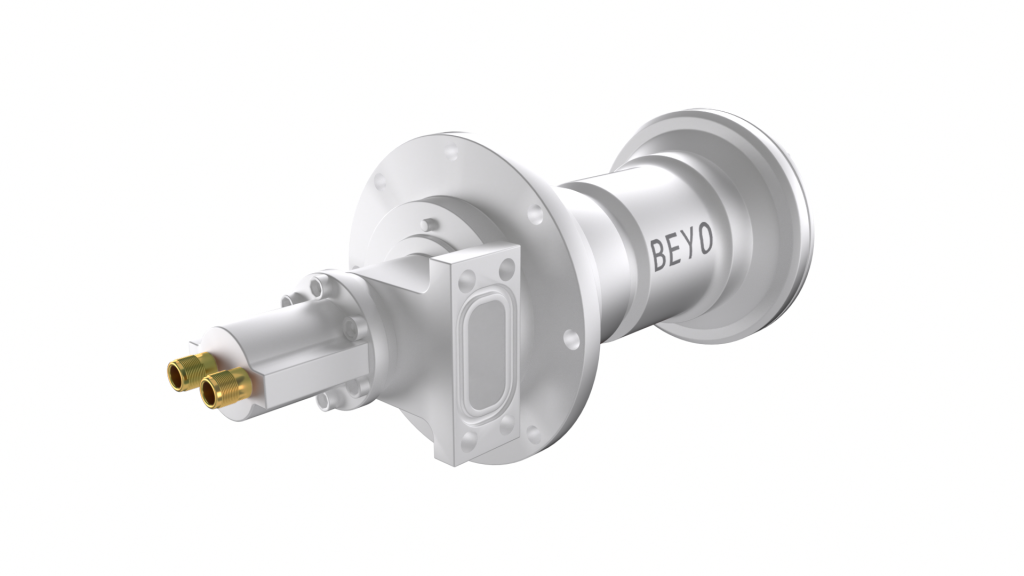
Application: Radar/Antenna
Channel: 3
Frequency Range: 13.75-14.5GHz
Working Speed: 60rpm
Connector: R120/SMA-F(50Ω)
Coaxial rotary joints and waveguide rotary joints
There are two type of rf rotary joints, Coaxial rotary joints and waveguide rotary joints, which are both used in microwave and RF systems to allow rotation of signals while maintaining the integrity of the transmission line. They are commonly used in applications such as radar systems, satellite communication, and antenna systems. The key features of coaxial rotary joints include low insertion loss, good VSWR (Voltage Standing Wave Ratio), and the ability to transmit high power levels , Coaxial rotary joints are used with coaxial cables, which are easier to handle, have a wider range of available connectors. On the other hand, waveguide rotary joints are used with waveguides, which are better suited for high-power and multi-signal applications but require more precise alignment and are generally more expensive. In summary, coaxial rotary joints are used with coaxial cables and are suitable for single-signal applications, while waveguide rotary joints are used with waveguides and are suitable for high-power and multi-signal applications.







Innovative technology and sophisticated experience, provide a range of slip rings and rotary joints, we are dedicated to provides the best & competitive solutions to valued customers.